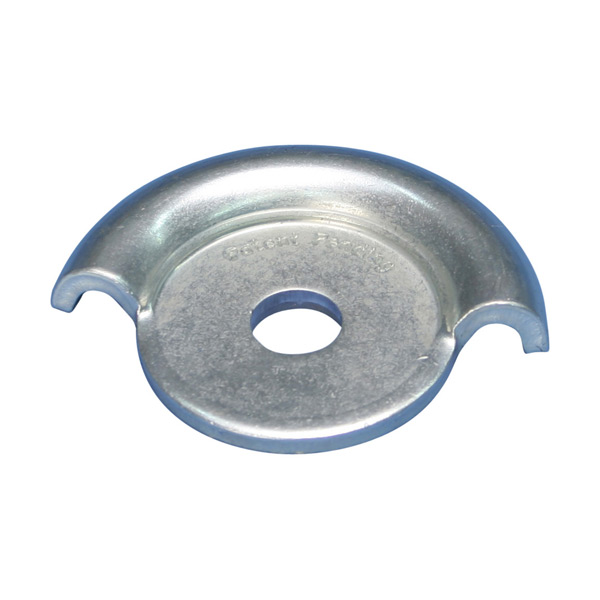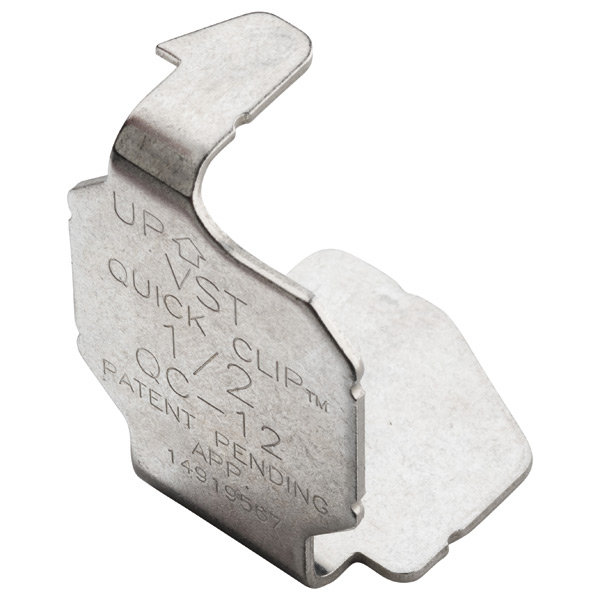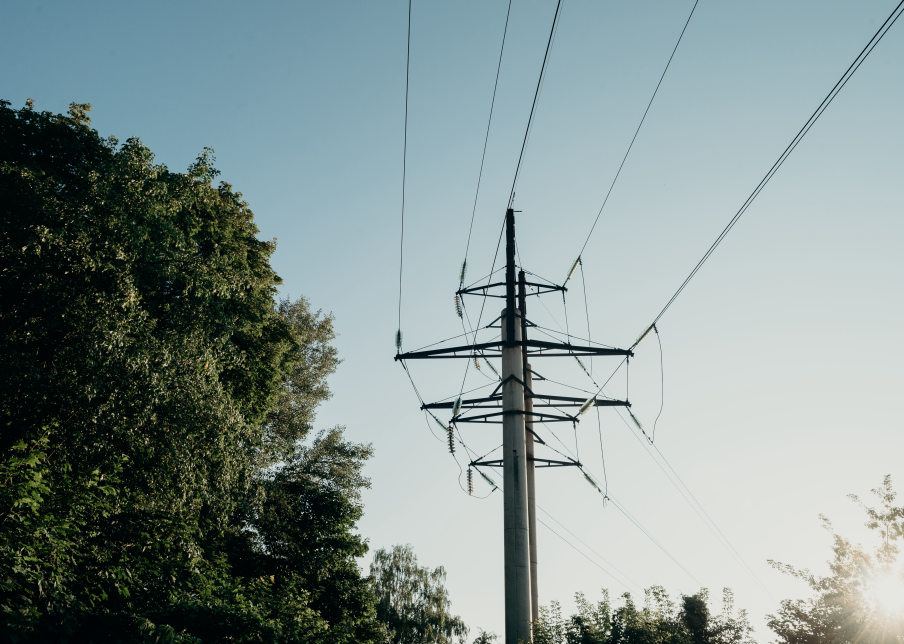
seismic bracing solutins
The seismic solutions specialists.
Here at PPI, we’re proud to have spent 15 years delivering world-class seismic solutions to clients across a multitude of industries.
Compliance with all relevant standards.
Footage of devastating earthquakes from around the world serve to highlight the importance of delivering seismic solutions and ensuring our buildings in Australia comply with the National Construction Code and Australian Standard AS1170.4 `Earthquake actions in Australia’.
Did you know?
Australia has experienced the devastation caused by an earthquake. On the morning of 28 December 1989 at Newcastle, where 13 people were killed and more than 160 were hospitalised.
Generally speaking, all buildings need to be designed and constructed in accordance with AS1170.4 unless they are:
> Domestic structures of class 1a or 1b that are 8.5m or less in height.
> Importance level 1 structures (e.g. farm buildings and sheds, isolated minor storage facilities, minor temporary facilities).


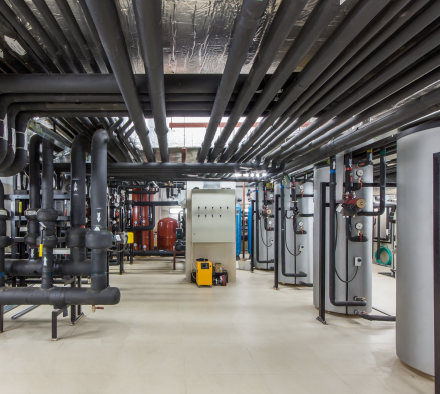
Non-structural components need to be
considered.
A common misconception in the building industry is that only the primary structural frame of a building needs to be considered for earthquake actions. Unfortunately, this is not the case. Non-structural components of a building and their fastenings also need to be designed for earthquake forces, as required by AS1170.4.
The Australian standard also stipulates that a number of mechanical and electrical components and their fastenings, commonly found in our high-rise buildings, also require consideration of their capacity to accommodate earthquake loads. Examples are:
> Lighting fixtures
> Ducts, cabling and piping distribution systems
> Fire suppression and sprinkler systems
For a comprehensive listing of all components referenced by AS1170.4 that require consideration for earthquake loads, please refer to the Australian Standard.

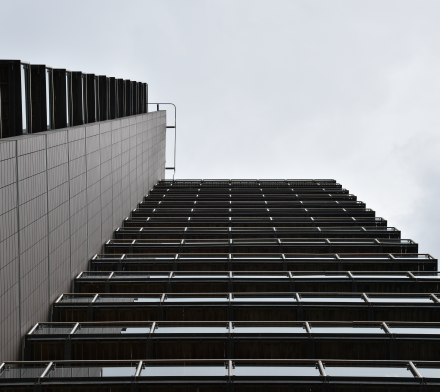
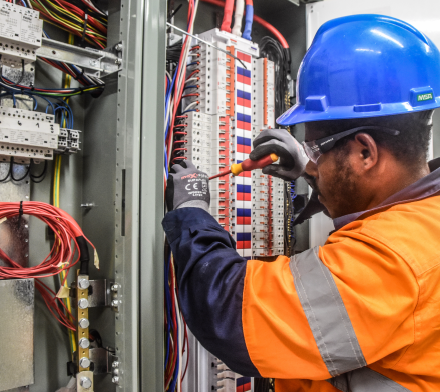
Seismic solutions responsibilities of
Principal builders:
Principal building contractors are ultimately responsible for ensuring the buildings they construct comply with the requirements of AS1170.4.
The QBCC recommends that principal building contractors ensure that all non-structural elements, such as the mechanical and electrical components referred to above, have been properly considered for earthquake loads from the design stage right through to installation on-site.
In terms of effective seismic solutions, it is important to request that the structural design engineer of a building should provide details – such as effective floor acceleration and the allowances for inter-storey drift – to system manufacturers of electrical and mechanical components, in order to ensure the selected systems have the required performance characteristics to accommodate the expected earthquake actions.
Certifiers:
Building certifiers bear the responsibility of ensuring the compliance of electrical and mechanical components with the National Construction Code.
Did you know?
On average, there are 50,000 earthquakes worldwide every year, and Australia experiences 100 earthquakes of magnitude 3 or more each year.
To prove seismic solutions compliance in Queensland, building certifiers would normally require Form 15 design certificates and Form 16 installation certificates to be completed – identifying the components covered with appropriate referencing to AS1170.4, by suitably qualified design professionals and installers.
How PPI can help with seismic solutions.

We work with nVent Caddy to offer the design, Form 15, supply, support and Form 16 certification for all our customers’ projects, in compliance with the National Construction Code and AS1170.4, by a local qualified design engineer.
When delivering effective seismic solutions, we generally require a copy of the layouts of their lighting, cable trays, ducts, cabling and piping, in an electronic format (BIM, CAD etc.), at the outset of the project.
Seismic bracing should be considered to prevent damage to services or to other elements within a structure. Damage is caused either by sway or “wave” on services and them coming into contact with each other or parts of the structure.
The PPI advantage is having a simple yet versatile range of seismic solutions products, quick turnaround, local stock availability and the ability to make seismic compliance simple by walking clients through the process.
PPI delivers full, turn-key electrical solutions to a diverse range of industries including energy, water, mining, commercial, manufacturing and renewable energy
Since 2016, PPI has delivered customised electrical solutions to clients spread throughout Asia Pacific and Australia. With a unique roster of capabilities spanning design and procurement through to supply and project management, PPI has built a reputation as the ultimate electrical service provider – growing the business exponentially whilst maintaining a solid grounding in family values.
Embracing new technologies, PPI prioritises the development of a network of global – and often exclusive – manufacturer relationships, resulting in the consistent and reliable procurement of high-quality materials. Our China office leaves us well-positioned to easily source components and materials throughout Asia Pacific – meaning we can supply clients with the highest quality materials at the lowest possible price.
When approaching PII for tailored and high-quality seismic solutions, clients can know they’re in the safest possible hands – working with the experts in the field to access seismic solutions that truly work, time and time again.
